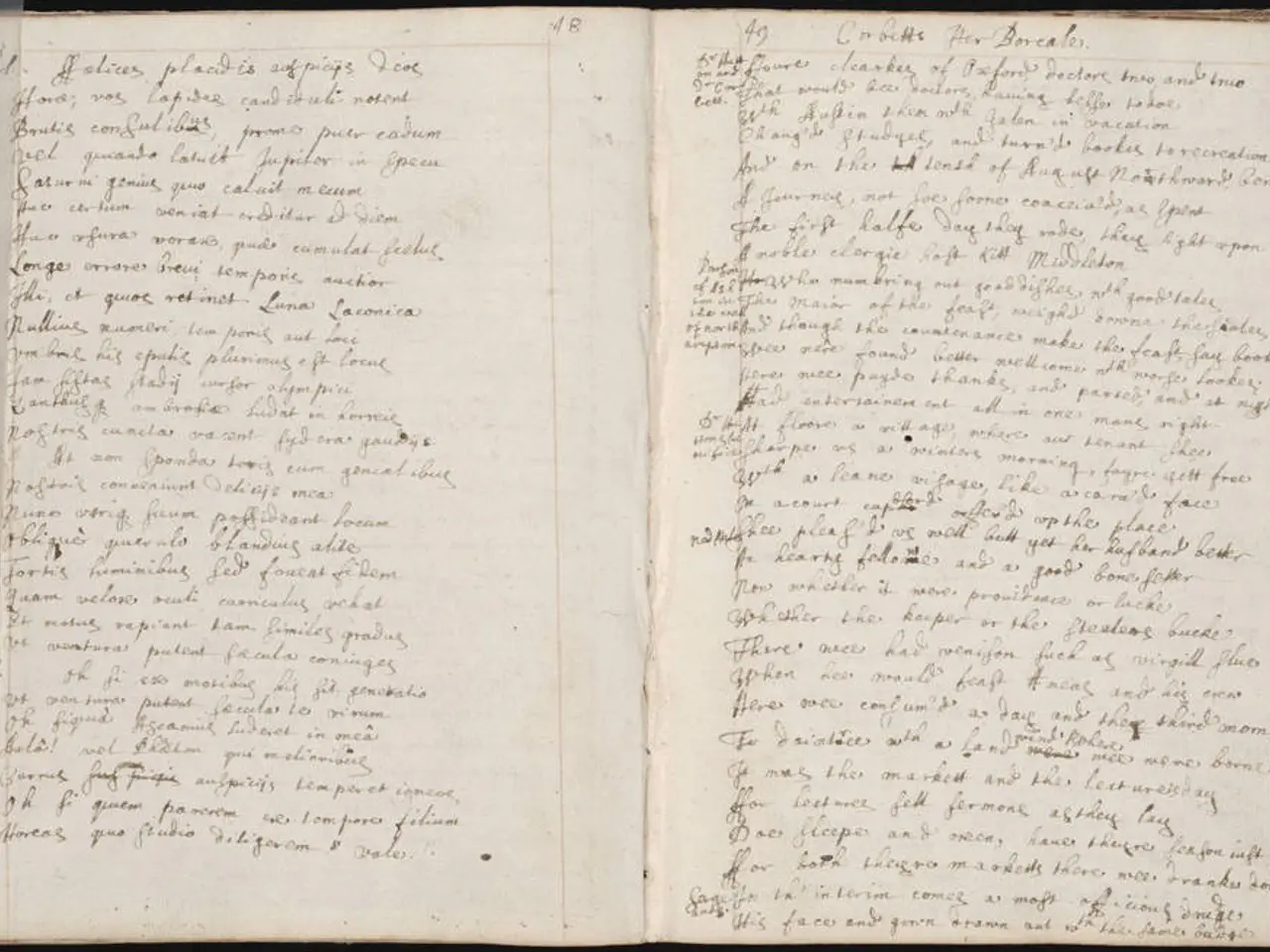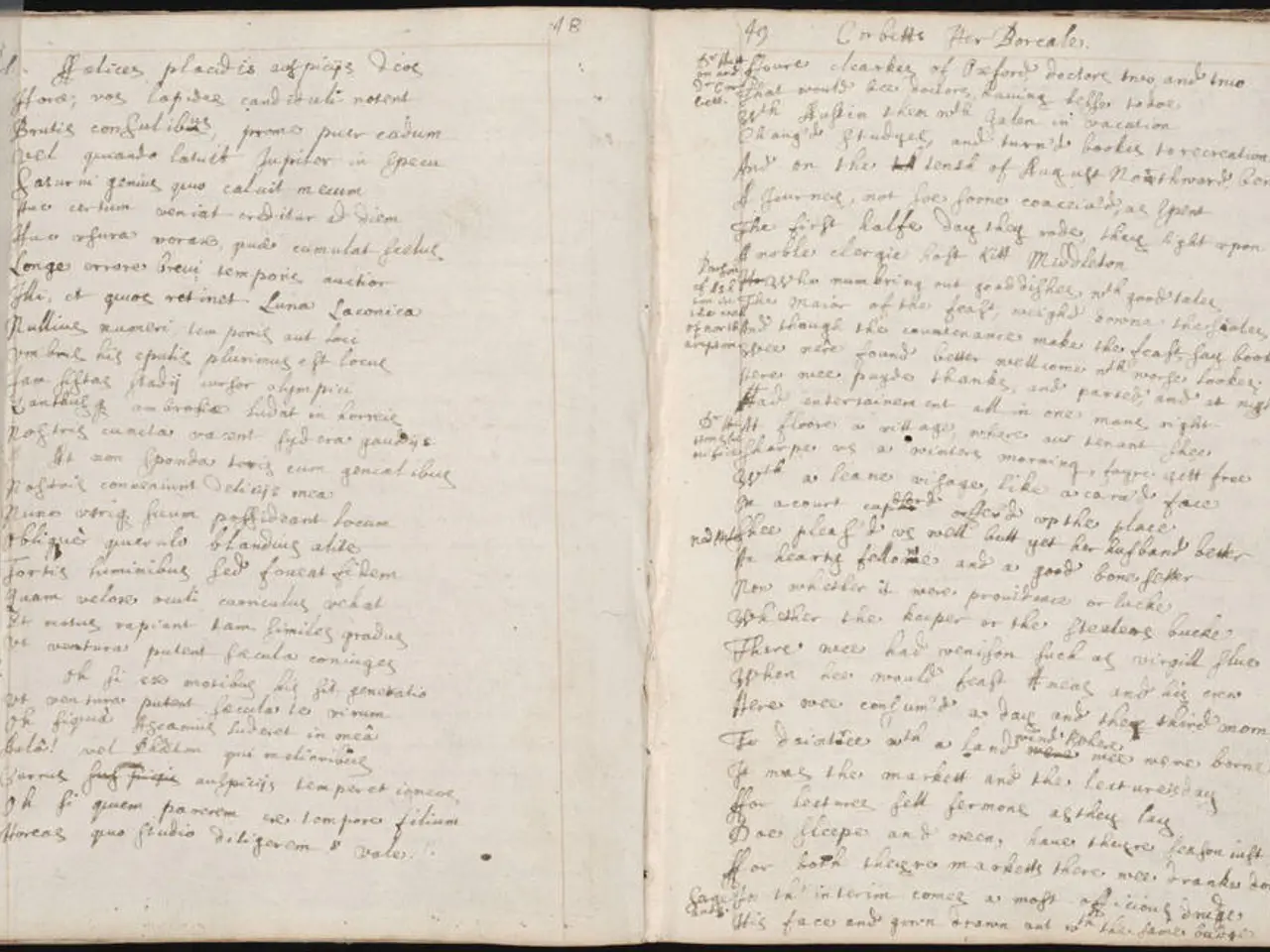The Solution to Story Construction in Screenwriting
When it comes to creating a memorable ending for a film or TV story, a strong resolution is key. A well-crafted resolution answers the central dramatic question, shows how the protagonist has changed, and delivers an emotional payoff for the story's themes and character arcs.
The Importance of a Strong Resolution
A satisfying ending should tie up major plot threads, demonstrate character transformation, align with the story’s theme, create emotional impact, and avoid rushed or ambiguous conclusions unless intentionally designed for mystery or open interpretation.
For short films, the resolution should be concise but impactful, relying on visuals and subtle cues rather than exposition to show the outcome.
Key Tips for a Satisfying Ending
- Tie up major plot threads: Resolve the main conflict, answering the core question or problem posed by the story.
- Show character transformation: Demonstrate how the protagonist has grown or what they have learned.
- Align with the story’s theme: The resolution should reflect the thematic message you want to leave the audience with.
- Create emotional impact: The ending should make the audience feel something memorable and fitting to the story’s tone.
- Avoid rushed or ambiguous endings unless intentionally designed for mystery or open interpretation.
Examples of Strong Resolutions in Film
- In Toy Story 3, Andy giving away his toys symbolizes his emotional growth and moving on.
- The Shawshank Redemption ends with the discovery of the box under the tree, offering hopeful closure to Red’s story.
- La La Land concludes with a shared final glance between Mia and Sebastian, emotional and poignant without neat closure.
Additional Structural Advice
- Use a classic three-act structure: setup, confrontation, and resolution. The final act must wrap up conflicts logically and emotionally.
- Build up emotional stakes gradually so that the resolution feels earned and impactful, not abrupt.
- In a screenplay, format the resolution scenes clearly and ensure each scene serves the story’s emotional closure.
By carefully constructing your resolution to unify plot, character, and theme, and by delivering it with emotional clarity and sincerity, your story will end on a strong, satisfying note that resonates with viewers well beyond the credits.
It's crucial to end with impact, meaning, and resolution to make the audience remember how they felt after the credits roll. For instance, Whiplash (2014) ends with Andrew's drum solo, leaving the audience both exhilarated and uneasy about the cost of his mentor's approval.
Most screenplays will be around 90-120 pages in length, and the resolution will fall within the final 5-10 pages. It's possible to have more than one resolution, but they should serve the main theme of the story and be strategically spaced out to avoid a cluttered final act.
A well-written resolution can make the audience feel something, align with the story's tone and theme, and answer the story's central dramatic question. The Shawshank Redemption (1994) resolution is emotionally fulfilling and poetic, featuring Red's freedom and hope.
There is no one-size-fits-all for strong story resolutions, and they should align with the tone, genre, and theme of the story. The resolution typically follows the climax and provides closure for characters and audience. The resolution is the soul of the story, where characters, theme, and conflict all converge into something meaningful.
The seeds of the resolution are planted long before the final act. In story structure, the resolution fits after the climax. When planning a resolution, it's important to consider what has changed, what has stayed the same, and what it all means in relation to the story.
Common types of resolutions include happy endings, tragic endings, bittersweet endings, open-ended resolutions, and poetic or symbolic endings. Each serves a purpose and should be chosen based on the story being told. By crafting a powerful resolution, you can ensure that your story leaves a lasting impression on your audience.
- A strong resolution in screenwriting is not only satisfying but also essential for a fashion-and-beauty tutorial video, ensuring viewers feel they've learned something new, seen the transformation, and are left inspired.
- In the realm of lifestyle blogging, a well-crafted conclusion ties up major plot threads (topics covered) by offering personal insights, demonstrating growth, aligning with the blog's theme, and creating emotional impact through a compelling call-to-action.
- For an online course in education-and-self-development, a memorable resolution might include a summary of key learnings, a goal-setting exercise, and links to further resources within the home-and-garden section, providing a holistic approach to personal growth.




